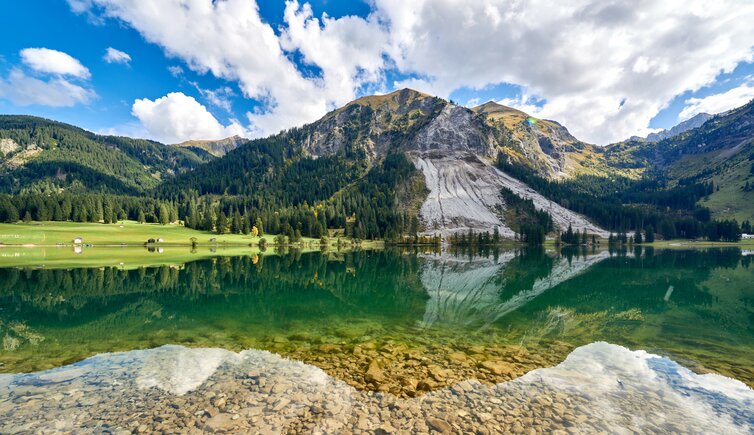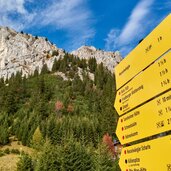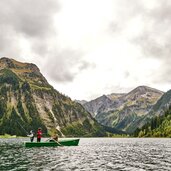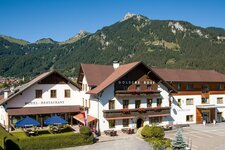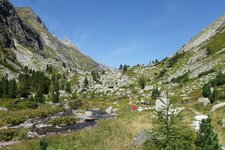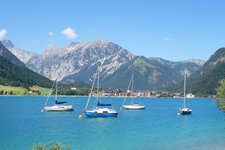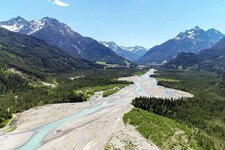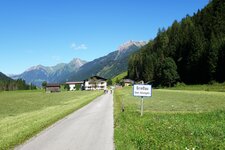The Tyrolean Vilsalpsee Mountains with the scenic Vilsalpsee, a mountain lake, and Tannheim Mountains are part of the Allgäu Alps
Image gallery: Allgäu Alps
The Allgäu Alps, called Allgäuer Alpen in German, are a mountain group in the Northern Limestone Alps that stretches in the east of the Lake of Constance. However, they are not closely connected to the homonymous region in Germany, which in fact only comprises a tiny part of the Allgäu Alps.
On a surface of about 75 per 50 kilometres, the Allgäu Alps stretch from Baden-Württemberg and Bavaria in Germany to the Austrian Bundesländer Tyrol and Vorarlberg. What is worth highlighting is above all their flora, which is considered one of the most varied of the Alps. In Tyrolean territory, there are two subgroups of the Allgäu Alps: the Tannheim Mountains and the Vilsalpsee Mountains - at the edge of the Tannheimer Valley - with their stunning eponymous lake.
Peaks: Six of the 10 highest peaks of the Allgäu Alps are located on Tyrolean territory. The most significant elevation of the Tannheim Mountains is Mt. Kellenspitze (2,238 m a.s.l.), followed by the Rote Flüh (2,108 m a.s.l.), the Gimpel (2,173 m a.s.l.) and the Gehrenspitze (2,163 m a.s.l.). The main peak of the Vilsalpsee Mountains is Mt. Leilachspitze (2,274 m a.s.l.).
Trails: The area in the surroundings of the Rote Flüh, Gimpel, Kellenspitze and Gehrenspitze is particularly popular with climbers. Moreover the Allgäu Alps features a series of lakes, some of which are under natural protection. On the peaks, there are 24 mountain huts of the Alpinists' association AVS as well as several long-distance hiking trails stretching past these huts, such as the European Trail E4 (Pyrenees-Creta), the E5 (Atlantic sea-Adriatic sea) and the Via Alpina.
